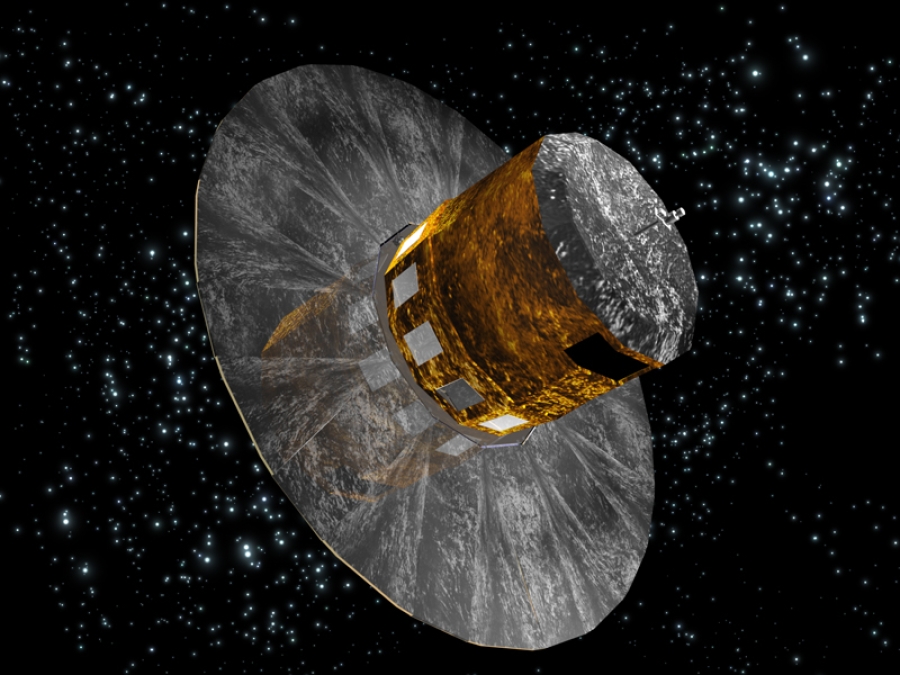To follow our news:
Major Breakthroughs in ESA’s GAIA Mission
Launched in December 2013, ESA’s star surveyor aims to build the most detailed 3D map of our Milky Way in order to study its structure, origin and evolution. Gaia’s 2nd data release published in April 2018 contains properties, distances and motions of some 1.7 billion stars.
This unprecedented catalogue has recently revealed a surprising phenomenon: numerous hypervelocity stars – i.e. sun-like stars moving at speeds of more than a million miles per hour, which are believed to originate from the centre of our Galaxy and escape from it later on due to interactions with the supermassive black hole in the midst of the Milky Way – seem to be flying inwards instead of breaking loose from the Galactic core. Astronomers assume that these sprinting stars come from another galaxy or from the Milky Way halo.
Another recent in-depth study of the first 22 months of Gaia observations, revealed the existence of a collection of some 30.000 stars that are moving oddly through the Milky Way: they all move along elongated trajectories in the opposite direction to the majority of the Galaxy’s other hundred billion stars, including the Sun. Moreover, their colour and brightness clearly indicate that they belong to a distinct stellar population. Scientists came to the conclusion that these stars were once part of another galaxy and have been consumed by the Milky Way, which means that our Galaxy merged with another large galaxy some 10 billion years ago.
Further information and videos on Gaia are available at http://sci.esa.int/gaia-vr
SPACEBEL has developed the management software of the Gaia Payload Data Handling Unit, i.e. a computer controlled mass memory device storing the scientific data acquired from the 7 video units, that scan our Galaxy and beyond, before transferring them to the ground stations.

